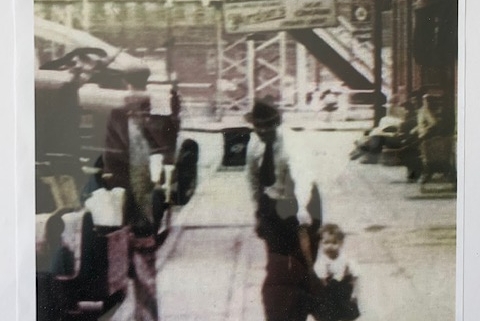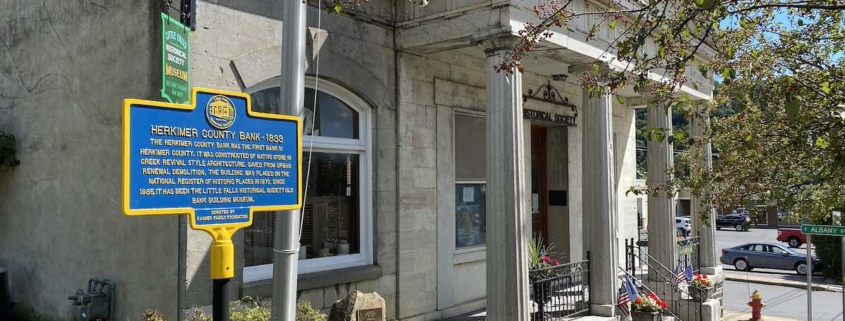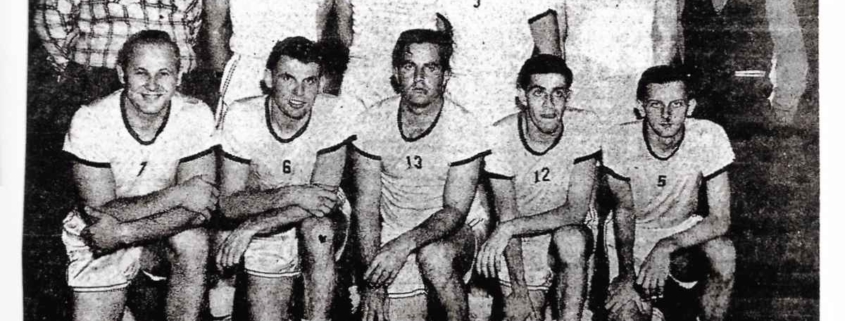The Little Falls Historical Society much appreciates the opportunity to work with the SUNY Oneonta’s Cooperstown Graduate Program of Museum Studies. Some background history about Little Falls will add perspective.
The City of Little Falls is a community of around 4700 residents situated in southern Herkimer County astride both the Mohawk River and the Erie Canal. Little Falls’ development and rich industrial history were impacted by geology and topography, particularly its waterside proximity.
The first inhabitants of the immediate area around Little Falls were members of the Iroquois Confederacy, primarily the Mohawks, one of the five tribes making up the Confederacy. The Mohawks were the keepers of the Eastern Gate of Iroquois territory. They called the area “Astenrogan” or “tumbling waters.”
The region’s first European visitors in the early 1600’s were Dutch and French traders and French Jesuit priests all in pursuit of favorable relations with Native Americans. The French first referred to the area as “little falls” to distinguish it from the “big falls” at Cohoes. In 1664, England seized New York from the Dutch
England used Palatine Germans in their upper Hudson Valley naval stores project; the Palatines eventually migrated into the central Mohawk Valley in the early 1700’s. Divided loyalties, largely based on ethnicity, characterized the entire region during the Revolutionary War.
The six lock Western Inland Lock Navigation Canal began operation in 1794 in order to make easier waterway passage around the Little Falls rapids. Little Falls was incorporated as a village in 1811. The Erie Canal was completed in 1825 and Little Falls began to thrive as the industrial hub of the central Mohawk Valley. Little Falls was later chartered as a city in 1895.
In 1833, the present Old Bank Museum, made of native rock and cut limestone, began operation as the first bank in Herkimer County. The building was placed on the National Registry of Historic Places in 1970 and it is the present home of the Little Falls Historical Society.
Fast forward to 2018 when Dr. Erik Stengler resided in Little Falls with his family for a short period before taking up residence in Cooperstown. During his stay in Little Falls, Dr. Stengler became enamored with the community’s history. He was the first to conceptualize of Little Falls history as a potential area of study for his museum studies students. In 2019, Dr. Stengler reached out to the Historical Society to serve as an educational partner for his students.
The board of directors and officers of the Historical Society responded most favorably to this overture and this collaborative partnership was born and the byproduct of this collaboration is this book. Please enjoy this wonderful piece of work that has been generated by this fine group of students.
Jeff Gressler



